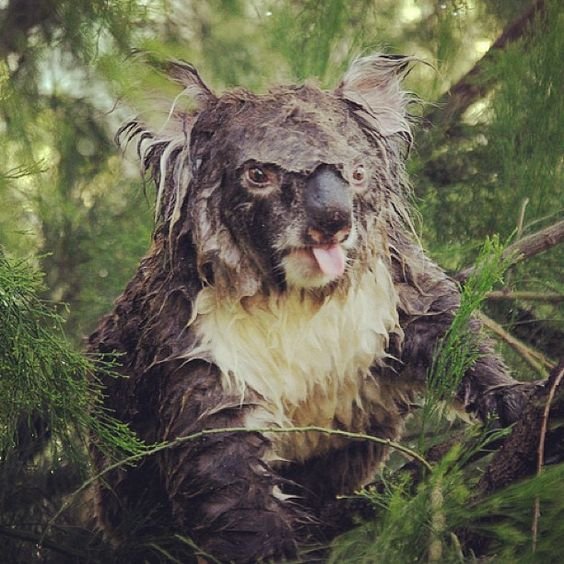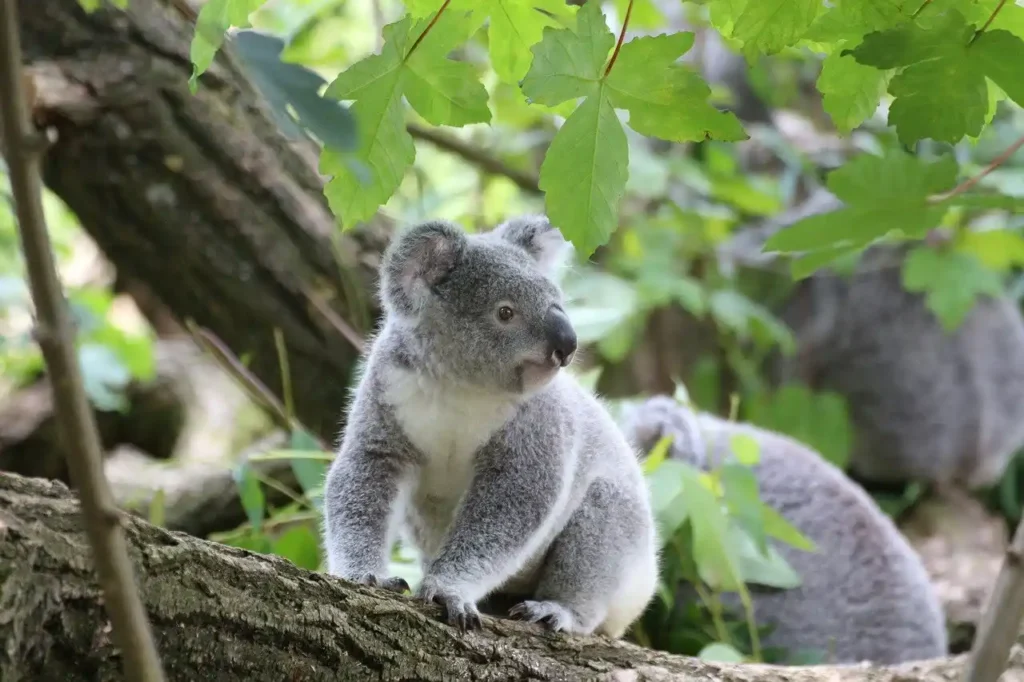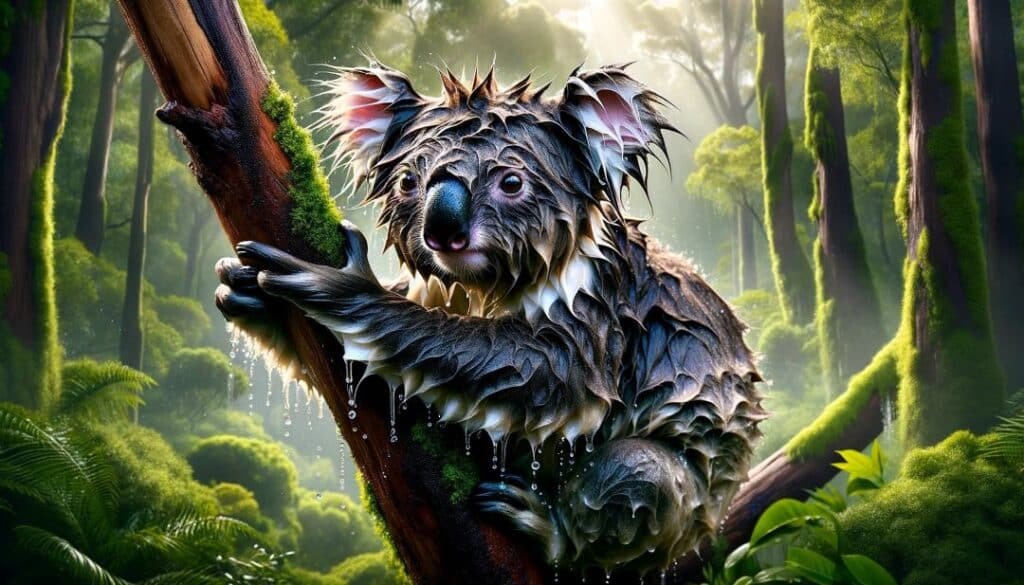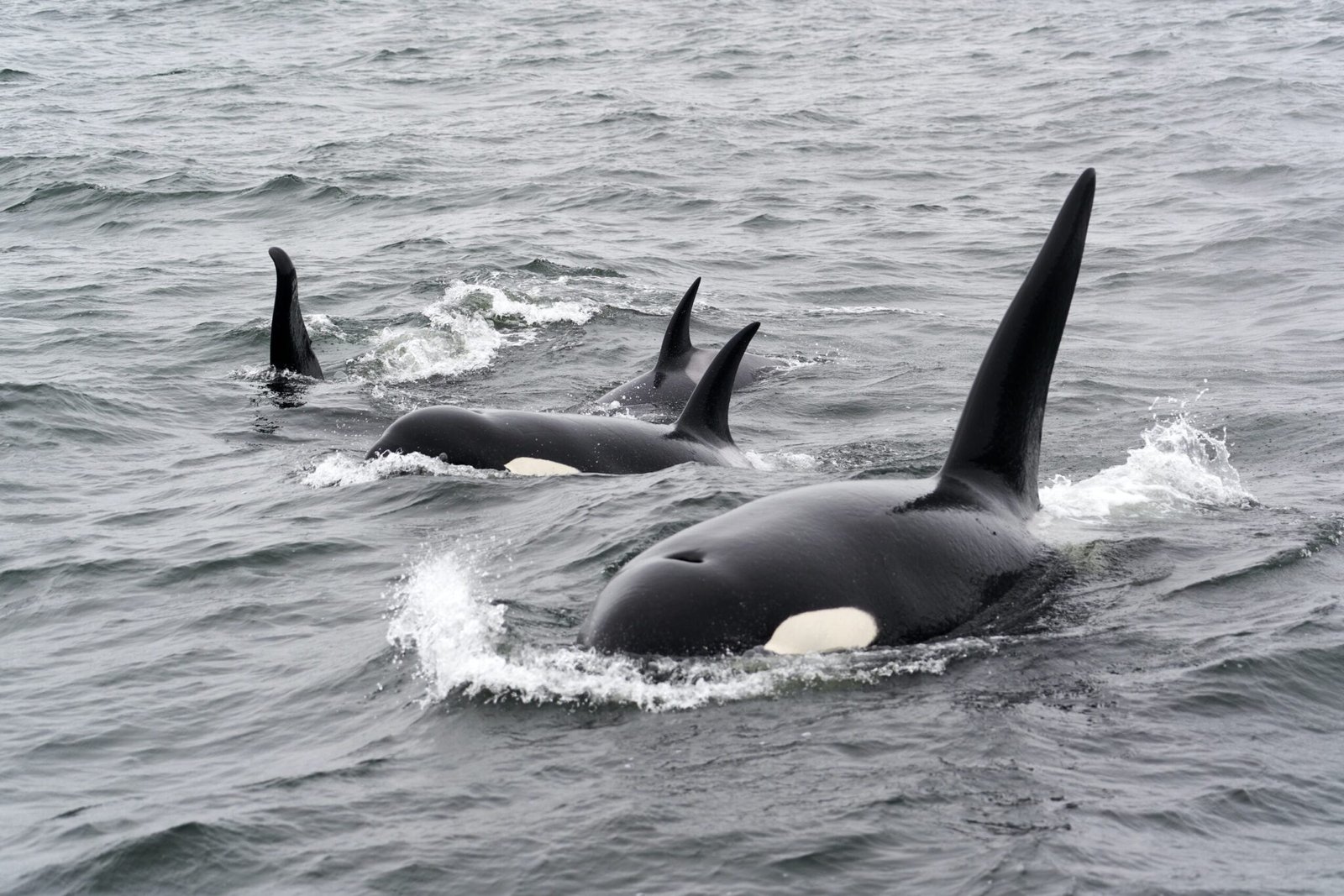Koalas are one of Australia’s most iconic and beloved animals, often pictured lazily clinging to a eucalyptus tree. However, the image of a wet koala tends to evoke a different reaction, often because it’s so rare and striking. This article explores why koalas are seldom seen in the rain, the effects of wetness on their health, and dispels some myths while delving into their behavioral patterns.
Understanding Koalas
Koalas are marsupials native to Australia, primarily found along the eastern and southern coasts. They live in eucalyptus forests where they find both food and shelter. Physically, koalas are known for their stout, tailless body, fluffy ears, and spoon-shaped nose.

Behavioral Traits of Koalas
These creatures are mostly nocturnal and spend up to 20 hours a day sleeping. Their diet consists almost exclusively of eucalyptus leaves, which are tough and fibrous and provide minimal nutritional content, necessitating long rest periods to conserve energy.
The Significance of Water to Koalas
Contrary to common belief, koalas rarely drink water as they receive most of their hydration from eucalyptus leaves. However, during extreme droughts, koalas can be observed descending from their arboreal refuges to drink from streams or puddles.
The Myth of the ‘Drop Bear’
The ‘drop bear’ myth describes a fictitious, vicious version of the koala that drops from trees to attack unwary hikers. This urban legend has been humorously used to scare tourists and highlights the global fascination with these unique animals.
Why Koalas Typically Avoid Water
Koalas’ coats are not designed to handle being wet. Water can weigh down their fur and significantly lower their body temperature, which can be harmful, especially during colder months.

Koalas in the Rain
On the rare occasions when koalas are caught in the rain, they tend to look miserable and soggy, clinging tightly to their trees. They may curl up to conserve heat or find shelter in denser foliage.
Impact of Wetness on Koala Health
Prolonged exposure to wet conditions can lead to hypothermia or increase the likelihood of pneumonia. Fortunately, koalas are adept at finding shelter and avoiding prolonged wet conditions.
Human Interaction and Koalas
Urban expansion and deforestation have significantly impacted koala populations. Conservation efforts are vital to ensure their survival, involving habitat preservation and rehabilitation programs.
Famous Incidents Involving Wet Koalas
Several photographs of wet koalas have gone viral, sparking public interest and sympathy. These images often lead to discussions about the impact of human activity on koala habitats and their overall well-being.

Photography and Media Representation
Media often portrays koalas based on their cute and cuddly appearance, but images of them in distress, like being wet and cold, also play a critical role in environmental advocacy by highlighting their vulnerability.
Koala Conservation Efforts
Koalas are currently listed as vulnerable by the International Union for Conservation of Nature (IUCN). Conservationists are working tirelessly to mitigate the effects of habitat loss, diseases like chlamydia, and climate change on koala populations.
The Future of Koalas in Changing Climates
As climate change leads to more extreme weather patterns, the natural habitats of koalas are increasingly threatened. Predictions for koala populations are grim unless significant conservation measures are taken.
Engaging with Koalas
For those interested in observing koalas in their natural setting, it’s important to maintain a respectful distance and adhere to guidelines provided by wildlife experts. Educational programs and resources can enhance public understanding and support for koala conservation.
Conclusion
Understanding the koala’s natural behaviors, environmental needs, and the challenges they face from both nature and humans is essential for their conservation. Recognizing the impact of wet conditions on these creatures helps us appreciate the complexities of their existence and the importance of ongoing conservation efforts.
FAQs
Why don’t koalas typically get wet?
Koalas receive most of their hydration from eucalyptus leaves and have coats that are not well-suited to being wet, which can lead to hypothermia.
What happens to a koala when it gets wet?
A wet koala can suffer from lowered body temperature and an increased risk of illness, such as pneumonia.
Are koalas endangered?
Koalas are currently classified as vulnerable, with their populations declining due to habitat destruction, disease, and climate change
How can people help in koala conservation?
Supporting habitat conservation initiatives, participating in or donating to wildlife organizations, and spreading awareness about the koala’s plight can contribute to their conservation.
Do koalas drink water?
While koalas typically get most of their moisture from the leaves they eat, they have been known to drink water during periods of severe drought.




